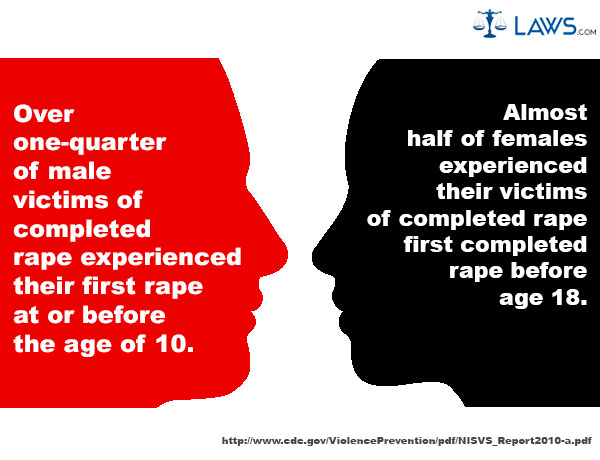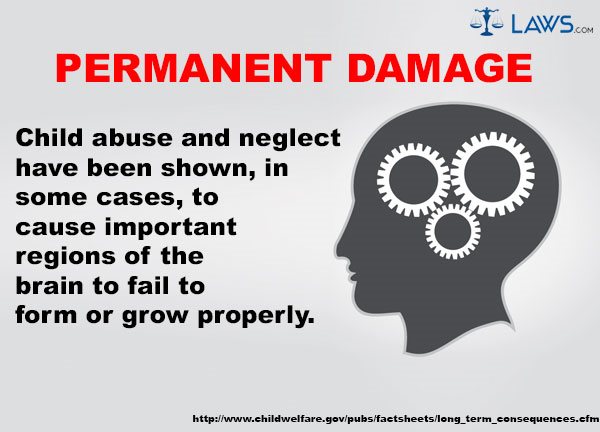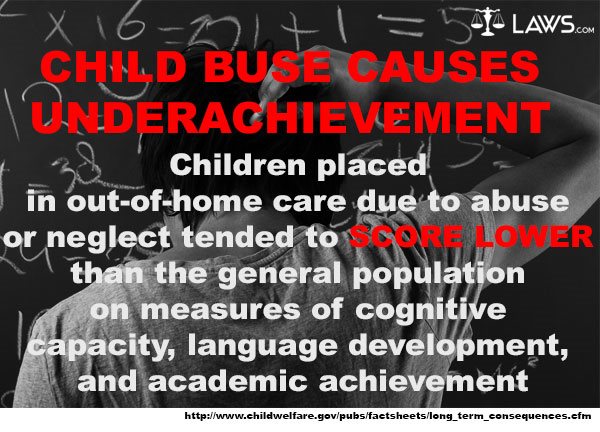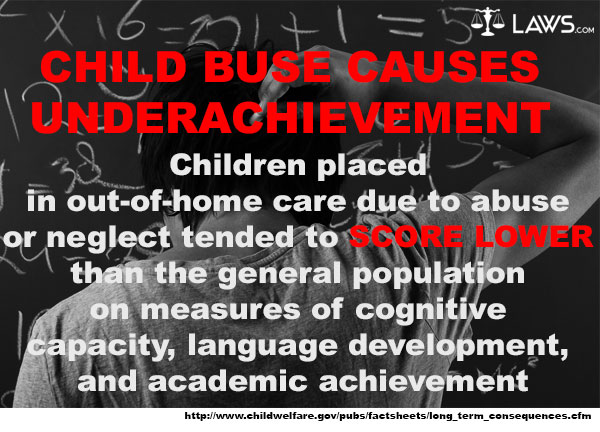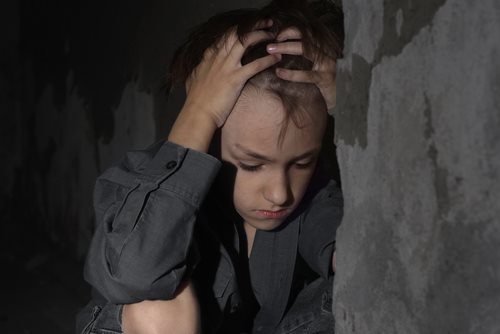Child Grooming
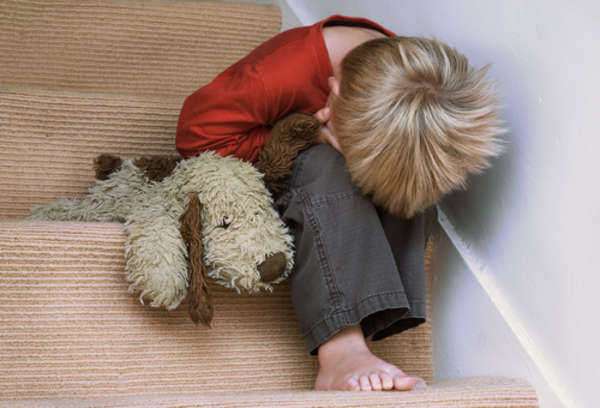
What is Child Grooming?
Child grooming is a term used in the context of child sexual abuse. Grooming is process used by the abuser to establish the trust of the child and the trust of the child’s parents or guardians as well. According to the Hero Project, predators will usually try and gain access to a child by grooming the parents.
For example, a predator may groom a parent by dating the child’s mother with actual interests in the child. This concept was popularized in literature by Vladimir Nabokov in the book titled Lolita. Another example of grooming the parents includes offering to babysit or perform favors for the family only in order to gain access to the parents.
Steps Involved in Child Grooming Behavior
A predator can groom a child for months or even years in order to make the child more comfortable and accept physical touch from the predator. The Hero Project indicates the first touching is usually nonsexual, such as an “accidental” touch to a hand or shoulder or playful tickling.
At some point, the predator will introduce a level of secrecy between the child and the parents. The predator may allow the child to engage in activity the parents would not approve of such as staying up late or eating junk food. These secrets eventually result in the predator making threats to maintain a level of secrecy after sexual contact has started. They may tell the child that they’ll hurt a family member if they tell or tell the child that their parents will hate them if they tell.
Other Types of Child Grooming
Predators will often target children who are trusting, quiet or a victim of abuse in the past. The level of touch will continually increase, and the predator
may even spend time with the child during bedtime. They try to isolate the child and increase the level of contact to see how the child reacts.
Predators also engage in the following types of child grooming:
· kissing the child in an inappropriate way
· holding the child on their lap when the predator is aroused
· playing tag and pulling down the child’s pants
· touching that seems harmless like wrestling, tickling, or massaging
· treating the child like they are equal or a spouse
How to Recognize Child Grooming
Many parents believe that child grooming is preventable if a close family member or friend helps take care of the child. This is a myth. A large percentage of predators are family members or close acquaintances.
The best way to look out for child grooming is to constantly talk with the child’s teachers, coaches, day care personnel, or others that are around the child constantly. These adults may be able to notice changes in the child’s behavior.
The Hero Project encourages parents to make unannounced visits as much as possible. Also, parents should make sure to emphasize that their children can tell them anything. Ask as many questions as possible.




